Description
Name in North American Boletes: Boletus spadiceus x3 (spadiceus var. spadiceus, var. gracilis, & var. rufobrunneus)
Genus: Xerocomus
- Genus 2: Boletus
Species: ferrugineus
- Species 2: spadiceus var. spadiceus
- Species 3: spadiceus var. gracilis
- Species 4: spadiceus var. rufobrunneus
Common Name:
Tells: Creamy white-yellow flesh w/a thin red line by the skin. Bug holes are often pink. Yellow pores darken w/age & often stain blue-green (rarely cinnamon). Deep tubes.
Other Information: “Rusty Iron” to brownish cap may lean yellowish & often cracks or fissures w/age. (The California version typically has a red-, chestnut-, or liver-brown cap). Stem is most often ridged at the top, sometimes clear & sometimes in a coarse netting pattern – stem decoration is an iffy guide for this one. Prefers conifers, but can sometimes be found with leafy trees. Easy to confuse with Xerocomus tenax and illudens.
Science Notes: DNA tests merged what had formerly been called three separate species: B. spadiceus, spadiceus var. gracilis, and a West Coast version called spadiceus var. rufobrunneus. This surviving, combined species was then renamed from “spadiceus” to ferrugineus for reasons that probably make sense to the very smart people who did it, but causes nothing except confusion in the rest of us. [Sigh]. The three had been divided up because of morphological (physically apparent) differences. Now that the DNA confirms they are one and the same, we’re left with a single species that has tremendous variability.
Edibility: Good.
CHEMICAL TESTS:
- NH4OH (Ammonia): Cap skin flashes green (sometimes greenish-blue) before turning reddish brown (sometimes grayer).
- KOH: No data.
- FeSO4 (Iron Salts): Cap flesh turns olive-green.
Links:
 |
0 |  |
0 |  |
158 (spadiceus) 159 (var. gracilis) & rufobrunneus) |
 |
105 |

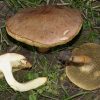

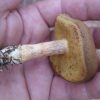
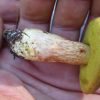
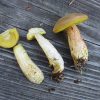

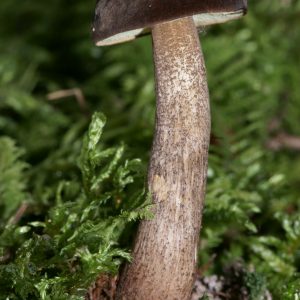
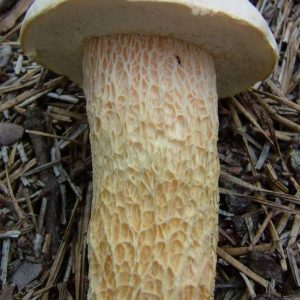

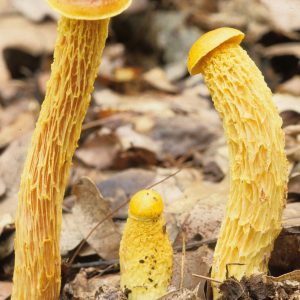
Got something to discuss?